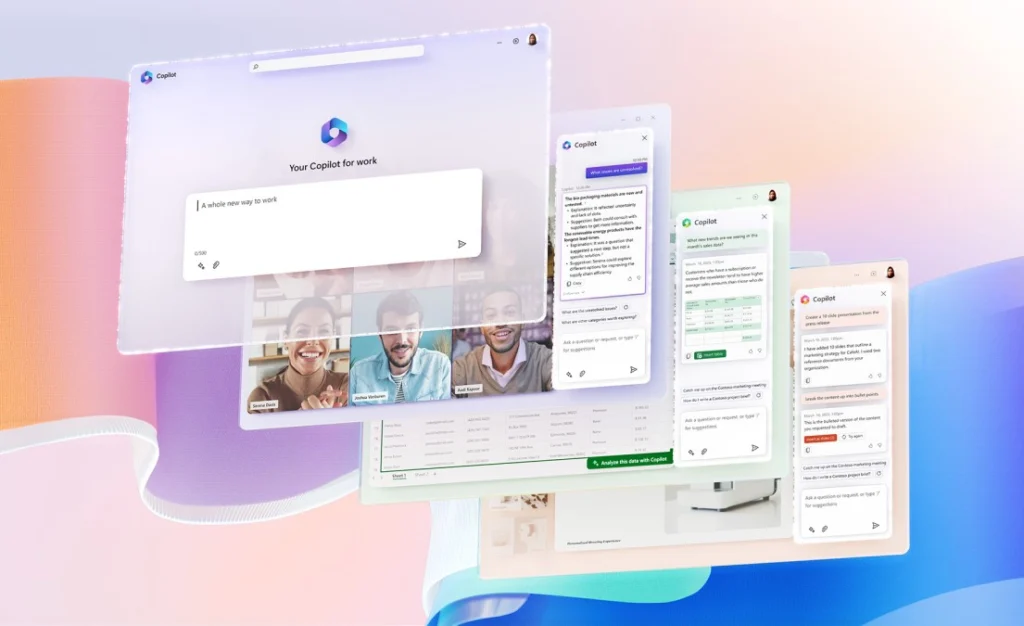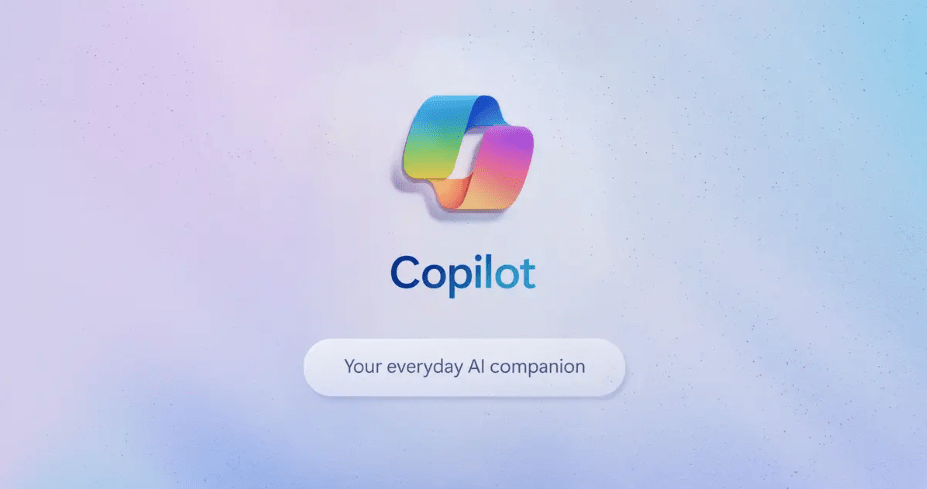Everyone’s familiar with the phrase “If you can’t beat ’em, join ’em.” Microsoft is utilizing its own variation on that theme to maintain relevance and dominance across all platforms and devices. It’s more of a “If you can’t bring customers to you, go own the customers on competing platforms” approach.
I wrote a post about Microsoft’s latest move to become ubiquitous in this blog post:
Microsoft made some big announcements this week. It opened the doors to Office — working with a variety of partners to integrate more cloud storage services into the Office ecosystem. The move makes it easier for Microsoft Office users to save and access their files from the cloud service they prefer. More importantly, it breaks down barriers and enables Microsoft Office to extend its influence across virtually all platforms and devices.
There were two announcements from Microsoft. First, it opened access to third-party cloud storage providers to natively integrate into the Office apps for iOS. Previously, iOS users were limited to OneDrive and Dropbox, but now iCloud and Box have been added to the mix, and the option is there for other services to join the party.
The second part of the news is that Microsoft revealed its Cloud Storage Partner Program to enable cloud services to integrate the Office Online applications directly into their services. Box, Citrix, and Salesforce are early partners in the Microsoft initiative. Those are massive enterprise platforms with millions of users who will now be able to open, view, and edit documents using Office apps from within the services in their web browsers.
Brilliant strategy
It wasn’t too long ago that Microsoft greedily kept Office just for its own platforms and devices — Mac OS X being the exception. Those were the Ballmer days. Under Satya Nadella’s leadership, Microsoft has embraced a strategy that is almost polar opposite: be ubiquitous.
Kirk Koenigsbauer summed up the Microosft blog post with, “Living in a cloud-first, mobile-first world is all about having the flexibility to get things done from anywhere and on any device. And these exciting, new features will make it easier than ever to use Office with virtually any combination of apps, platforms, and cloud storage services.”
The value of removing barriers and making it easy for customers to use Microsoft tools from anywhere and any platform isn’t new to Box. At face value, Box is a cloud storage service. Since its inception, though, it has focused on making data available when and where customers need it. Period.
“This next enterprise era will be defined by simple-to-use, modular services. IT organizations will get better innovation for their dollar, users will achieve more productivity, and vendors will build stronger ties to one another. Today’s move is an important accelerant to this trend,” noted Aaron Levie, CEO of Box, in a blog post announcing the integration of Box into Office. “Microsoft’s productivity technologies are used by a billion people globally, and in nearly every enterprise — its influence on the industry cannot be understated.”
You can read the rest of Microsoft’s approach to expanding its influence in this TechRepublic post: Microsoft’s Trojan horse strategy to rule the world.
- Navigating Cybersecurity Complexity - July 18, 2025
- AI Voice Clones and Mobile Phishing: The Cyber Threats You’re Not Ready For - July 11, 2025
- Rethinking Cloud Security for the Evolving Threat Landscape - July 11, 2025



